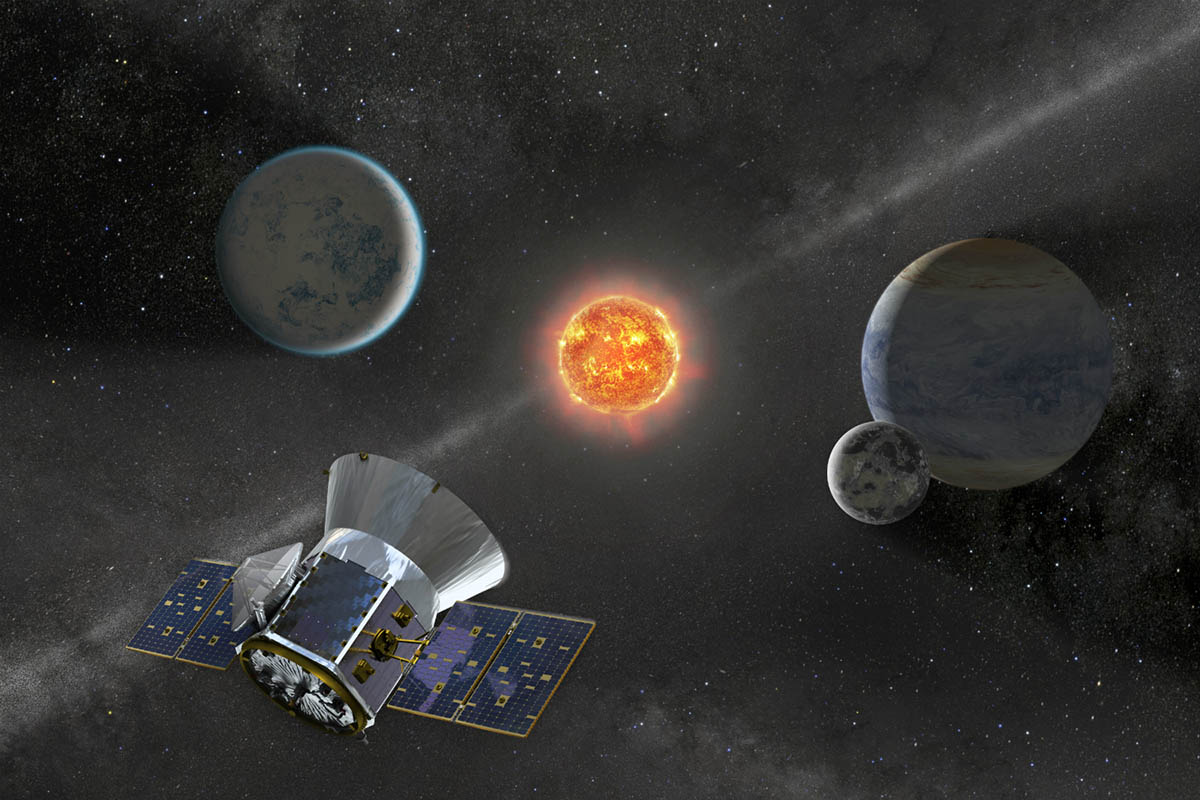NASA’s Transiting Exoplanet Survey Satellite (TESS) is set to launch on a SpaceX Falcon 9 rocket from Space Launch Complex 40 at Cape Canaveral Air Force Station in Florida no earlier than April 16, 2018. Once in orbit, TESS will spend about two years surveying 200,000 of the brightest stars near the sun to search for planets outside our solar system. (NASA)
Home NASA’s Transiting Exoplanet Survey Satellite (TESS) is set to launch on a SpaceX Falcon 9 rocket from Space Launch Complex 40 at Cape Canaveral Air Force Station in Florida no earlier than April 16, 2018. Once in orbit, TESS will spend about two years surveying 200,000 of the brightest stars near the sun to search for planets outside our solar system. (NASA) NASA’s Transiting Exoplanet Survey Satellite (TESS) is set to launch on a SpaceX Falcon 9 rocket from Space Launch Complex 40 at Cape Canaveral Air Force Station in Florida no earlier than April 16, 2018. Once in orbit, TESS will spend about two years surveying 200,000 of the brightest stars near the sun to search for planets outside our solar system. (NASA)
NASA’s Transiting Exoplanet Survey Satellite (TESS) is set to launch on a SpaceX Falcon 9 rocket from Space Launch Complex 40 at Cape Canaveral Air Force Station in Florida no earlier than April 16, 2018. Once in orbit, TESS will spend about two years surveying 200,000 of the brightest stars near the sun to search for planets outside our solar system. (NASA)


